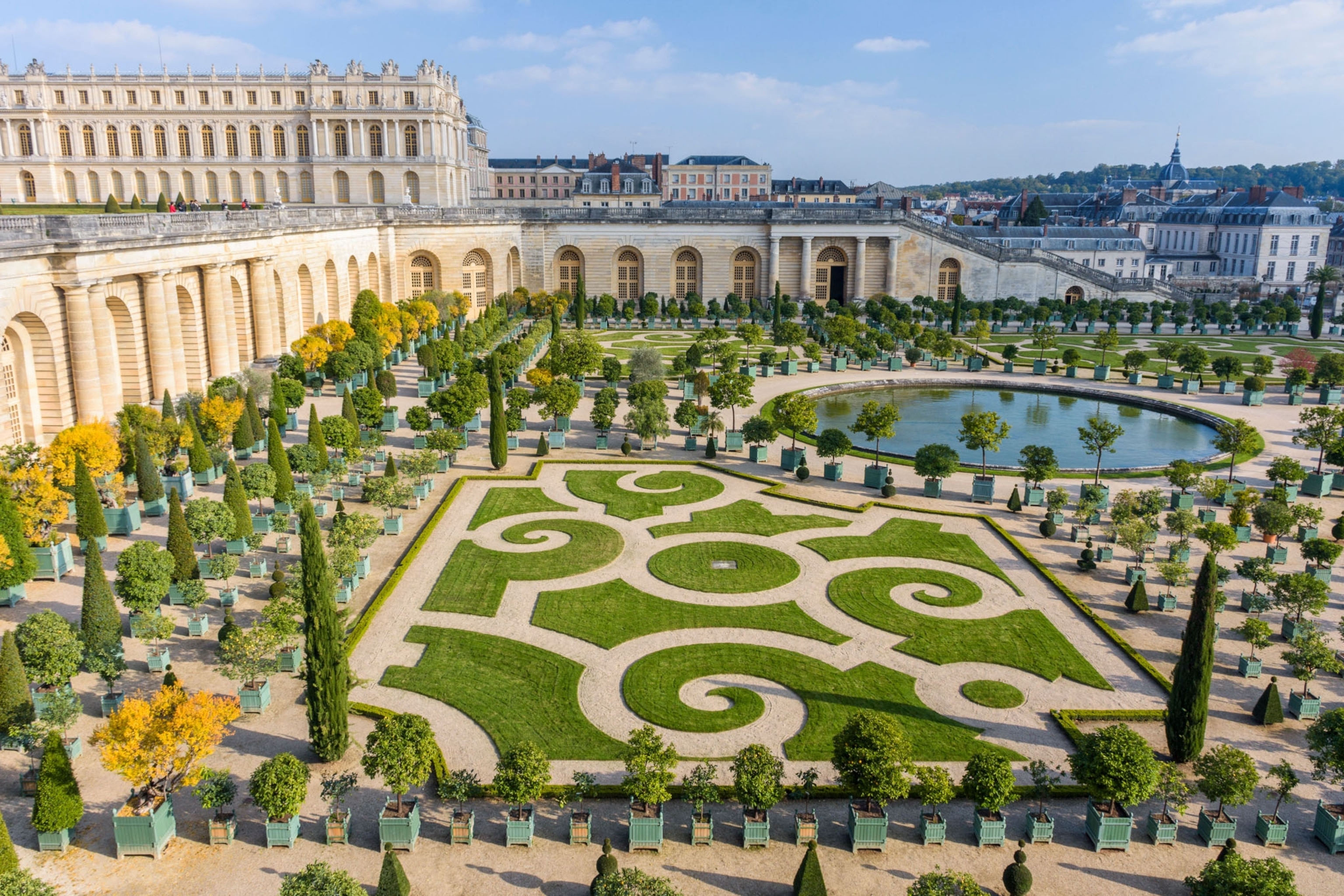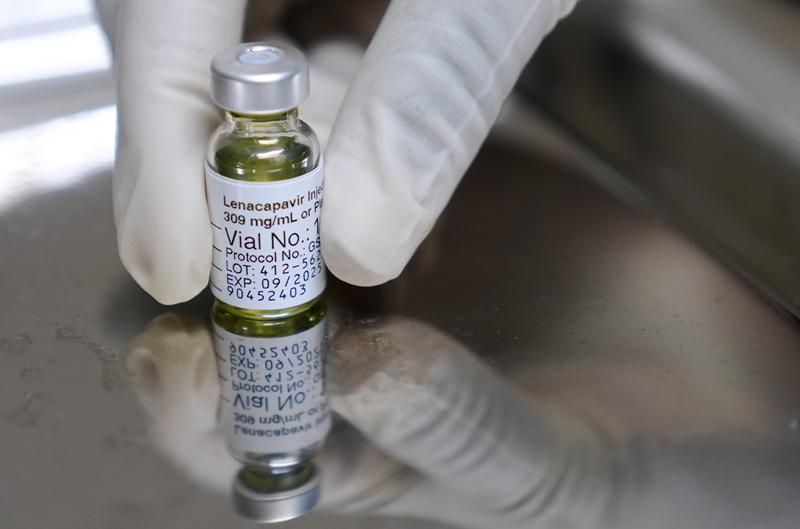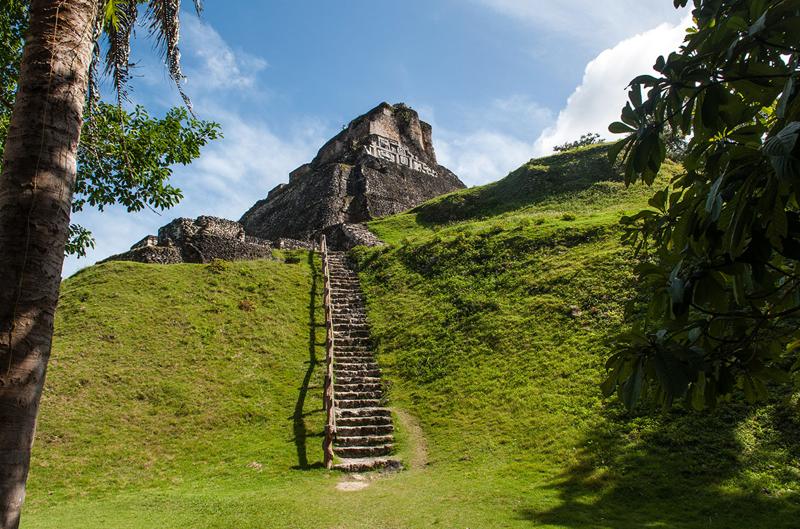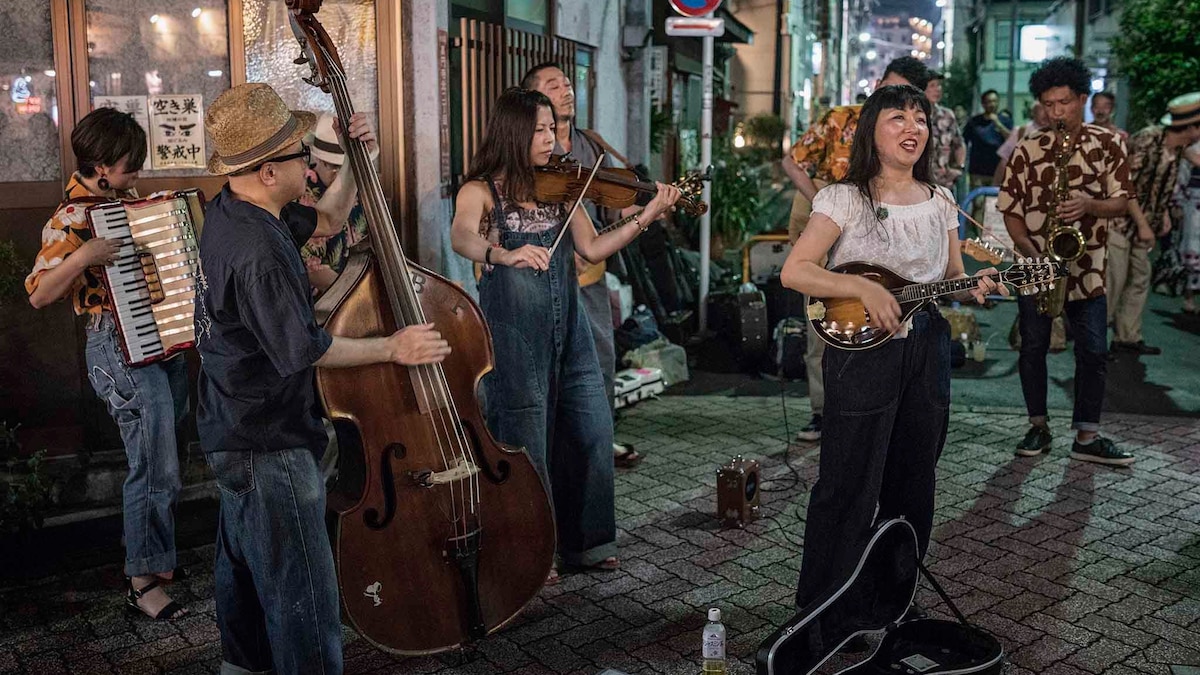Now Reading: These 3 cities near Paris deserve more than a day trip
-
01
These 3 cities near Paris deserve more than a day trip
These 3 cities near Paris deserve more than a day trip

Paris lures millions of visitors every year, but day trips are a perennially popular diversion. The Chateau of Versailles, mind-blowing in its grandeur, has instant name recognition all over the world. The Chateau of Fontainebleau coddled eight centuries’ worth of French monarchs, and its forest was where the world’s first-marked hiking trails were born. And Chantilly, equestrian epicenter renowned for its racetrack, is home to France’s most important antique art museum, after the Louvre.
This trio is within easy reach of the French capital. Located anywhere else, not eclipsed by the City of Light, they’d be places of pilgrimage in their own right. While normally relegated as mere day trips from heart-stealing Paris, these destinations are in fact worthy of more time.
(A visit to the Louvre can be a gastronomic adventure—if you know where to look)
Chantilly

The Chateau de Chantilly gardens were designed by legendary landscaper André Le Nôtre.
Painting by Nicolas-Alexandre Barbier via Musée Condé/Bridgeman Images
Decimated during the French Revolution, the Chateau de Chantilly—once a flourishing Renaissance masterpiece, complete with gardens by legendary landscaper André Le Nôtre—was restored by the Duke of Aumale in the 19th century. He was an avid connoisseur of fine art, furniture, and manuscripts. The painting masterpieces in his on-site Condé Museum—including “The Three Graces” by Raphaël—remain exactly as he hung them.
Beyond the chateau’s grandiose reception rooms, it’s worth booking a guided tour of the duke’s private apartments—the only princely suites of the July Monarchy that are fully preserved today.

The Chateau de Chantilly has 60,000 books within its collection, 19,000 of which are housed within its Reading Room.
Photograph by Jon Arnold Images Ltd, Alamy
Stocked with 19,000 rare volumes, the library is the kind of place bibliophiles dream about. The collection’s pièce de résistance is The Very Rich Hours of the Duke of Berry, the 15th-century prayerbook that’s known as the “Mona Lisa of manuscripts” for its iconic illuminations. After an important restoration, the manuscript is on display until October 5, 2025.
(Frites, cockles, and cheese—the best things to eat in Hauts-de-France)
“The manuscript has shaped our imagination of the Middle Ages,” says Mathieu Deldicque, director of the Condé Museum and the Living Horse Museum at the Château de Chantilly. “Since its acquisition by the Duke of Aumale in 1856, it’s the most reproduced manuscript in the world.”


The Very Rich Hours of the Duke of Berry is a 15th-century prayerbook that’s known as the “Mona Lisa of manuscripts” for its iconic illuminations.
Painting by The Limbourg Brothers via Alamy (Top) (Left) and Painting by The Limbourg Brothers via Alamy (Bottom) (Right)
Try crème Chantilly at Le Hameau restaurant, nestled inside a cluster of thatched-roof cottages in the chateau’s park. (This hamlet inspired Marie Antoinette’s rustic playground at Versailles.) Or head to town to l’Atelier de la Chantilly, where you can taste various riffs on the classic (including rose, verbena, and orange blossom-scented whipped cream) or sign up for a culinary workshop.
Equine enthusiasts equate Chantilly with the Hippodrome. Dating to the 19th century, the racecourse hosts close to 200 annual races, including the prestigious Prix de Jockey Club and the Prix de Diane, which attract a fashionable, hat-wearing crowd of spectators. De rigueur for horse fans is a visit to the chateau’s 18th-century Great Stables, not far from the track.

Interior of the chateau’s Grand Stables, which is close to the Hippodrome.
Photograph by Renaud Visage, Alamy
The sprawling structure is said to have been “superior to the palaces of several kings.” Inside, take a gander at the horses in their stalls before exploring the Living Museum of the Horse. There are regular equestrian shows, or catch a demonstration, when riders are practicing their dressage work.
Spend the night at the InterContinental Chantilly, six miles away. The 2024 renovation brought in contemporary decor, though historic touches remain, such as the secret cache inside the original elevator where love letters were hidden. On-site attractions include the wood-paneled library housing the Stradivarus bar, and a spa with an indoor swimming pool.
How to get there: Regular SNCF trains depart the Gare du Nord in Paris and arrive at the Chantilly-Gouvieux station about 30 minutes later. From there, a free bus takes you to the chateau, or you can take a taxi. Note that Chantilly is only 20 minutes by car from Charles de Gaulle airport, making it a good stop before or after an international flight.
Versailles

The Chateau de Versaille’s renowned gardens were designed by André Le Nôtre from what had been a swamp.
Painting by Pierre Patel via Bridgeman Images
The Chateau de Versailles needs no introduction. Louis XIV’s jaw-dropping palace spawned copycats all over the globe. Equally as impressive are the garden grounds, fashioned by Le Nôtre from what had been a swamp, and the setting for the king’s over-the-top parties.
A single trip isn’t enough to see it all, and the town itself offers a delightful immersion into the French art de vivre. Browse the Marché Notre-Dame, one of the region’s finest food markets. Pop into the La Boutique Royale, brimming with Toile de Jouy fabrics, tableware, and gourmet goodies. Visit the Osmothèque, the world’s largest fragrance archive.
(4 French royal mistresses who made their mark on history)
Above all, don’t miss wandering through the historic district of Quartier Saint-Louis. Here you can explore the extraordinary King’s Kitchen Garden, created in 1683 to supply the food-obsessed monarch’s table with exceptional produce. His appetite for vegetables was legendary, and his agronomist Jean-Baptiste de La Quintinie even succeeded in harvesting asparagus in December.
Today it’s home to the prestigious National School of Landscape, and the geometric gardens perpetuate ancestral horticultural techniques and showcase the art of trellising fruit trees (Louis was a fan). A place of living heritage, it’s open to the public for guided tours and seasonal events, and there’s also a market and shop featuring cosmetics made from garden ingredients.

The gardens of Versailles are replanted around every 100 years.
Photograph by Vitor Marigo, Alamy
When it comes time to eat, there’s a wealth of dining options, from eateries at the palace (Alain Ducasse’s Ore in the Pavillon Dufour, La Petite Venise on the Grand Canal) to the town’s vibrant restaurant scene, including standouts La Table du 11 and Bistro du 11 by Michelin-starred chef Jean-Baptiste Lavergne-Morazzani. And Xavier Pincemin, once a winner of French Top Chef and adored by celebrities, oversees an eponymous restaurant alongside the popular bistro Lafayette.
“Why not reverse the usual tourism approach? Travelers can base themselves here in Versailles, immersing themselves in the town’s French lifestyle, and take the train into Paris when they want,” says Clément Gohin, general manager of Les Lumières, the buzzy hotel which opened in summer 2024 in a hard-to-beat location facing the palace. Housed inside two 17th-century mansions, this Relais & Chateaux hotel’s 31 rooms are inspired by the era’s famous figures, with chic contemporary design by Didier Benderli.
How to get there: Hop on the RER C suburban train in central Paris for the 45-minute trip to the Versailles Château Rive Gauche station.
Fontainebleau

The Chateau de Fontainebleau exists because the Fontainebleau Forest was the former playground of monarchs who prized it as a royal hunting ground.
Painting by Pierre-Denis Martin via Bridgeman Images
One of the most splendid chateaux in the entire country sits within 43 miles of Paris. Dating to the 12th century, the 1,500-room Chateau de Fontainebleau reflects the imprint of the 34 kings and two emperors who inhabited it. Napoleon made it a pet project to furnish his favorite property that had been stripped of decor during the French Revolution; the resulting collection of furniture and objets d’art makes it one of the best-furnished chateaux in all of Europe.
Napoleon’s gold-on-gold throne room is stunning, as is the François I Gallery with Renaissance frescoes, but make sure to spend time in the ballroom, with its coffered ceiling emblazoned with King Henri II’s motto.

Throne Room redesigned for Napoleon Bonaparte in the Chateau de Fontainebleau.
Photograph by Azoor Travel Photo, Alamy
The chateau owes its existence to the Fontainebleau Forest. The former playground of monarchs who prized it as a royal hunting ground, it later inspired 19th-century artists like Jean-Francois Millet and Jean-Baptiste-Camille Corot of the Barbizon School.
Former soldier Claude-François Denecourt created the world’s first marked walking trails in the forest in 1842. His 60-mile network of “sentiers bleus” (blue trails) are known today as the Denecourt-Colinet trails. These days, hikers, picnickers, and rock climbers partake in Fontainebleau’s arboreal delights.
After a forest jaunt, fortify yourself with a pastry by pâtissier Frédéric Cassel. Need more sustenance? La Salamandre offers refined traditional cuisine, Luwei’s has a tasty brunch, and Le Viand’art grills prime pieces of meat. Go gourmet at L’Axel, where chef Kunihisa Goto’s Japanese-accented French cuisine has drawn a loyal following for more than a decade.
Book a room at the Hôtel & Spa Napoléon, just across from the chateau. It’s a historic address; the 17th-century building was once a stagecoach stop used by Napoleon.
Recently, the hotel emerged from a three-year renovation with 51 rooms and a new Cinq Mondes spa. Empreintes restaurant is festooned with tree branches and foliage in a nod to the nearby Fontainebleau Forest. A practiced mushroom forager, chef Romain Fabry is a fan of the town’s excellent market (held Tuesday, Friday, and Sunday mornings), where he sources products from local artisans including Les Petits Pains de Mathilde (bread), Miel Hamette (honey), and the Conserverie de la Forêt (jams).
How to get there: Frequent Transilien line R trains connect the Gare de Lyon in Paris and the Fontainebleau Avon station in 40 minutes. On summer weekends, a few trains even make a stop in the middle of the forest for outdoor adventurers to disembark the train.
A Franco-American writer based in Paris, Mary Winston Nicklin is a regular contributor to National Geographic. Most recently, she wrote the Louis Braille biography in the July/August 2025 issue of National Geographic History. (website: www.marywinstonnicklin.com)






















